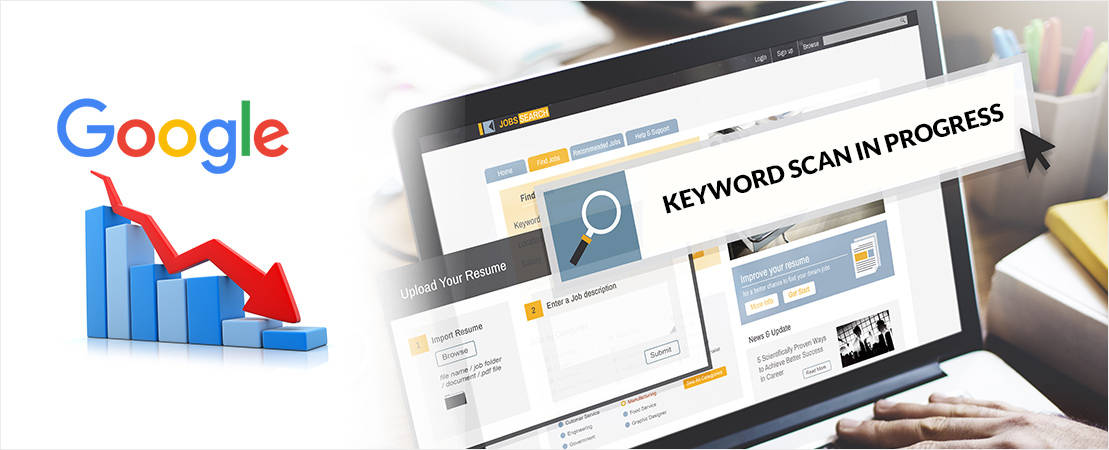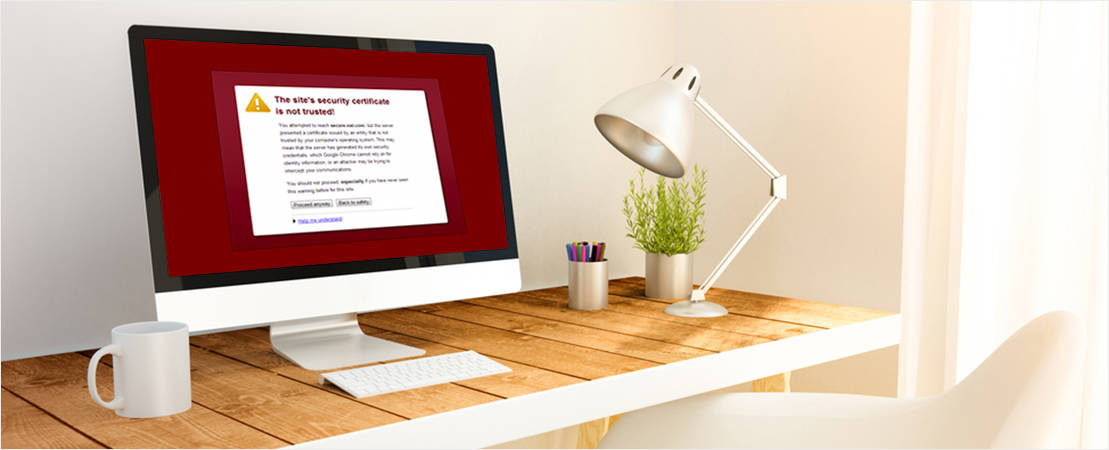In today’s digital landscape, website design trends and standards are always in flux, and are quick to become outmoded. Because of the increasingly pervasive emphasis on user experience and the dizzyingly fast speed with which technologies evolve, what seemed innovative a couple of years ago probably looks dated (and possibly a bit embarrassing) today.
Having an up-to-date website sends a very clear message to prospective customers: that your business is active, current, forward-thinking, and engaged. Businesses evolve over time, and your website should reflect that.
A functionally limited, antiquated website will significantly detract from the credibility and appeal of your business and, ultimately, your brand. Chances are, if your website is more than two years old, it may be time for a drastic overhaul, if not a full-scale redesign.
Unsure as to whether your site stands up to the test of time? We’ve put together ten compelling reasons why it might be time to take the next step in updating your online image.
1. There’s no clear purpose

Your website is the home base for your online presence. It is often the first (and last) form of interaction prospective customers will have with you, so it needs to be quick and effective in driving home your desired message and showcasing your business.
As the first port of call for prospective customers, your website should make who you are, what you stand for, and what you offer very clear. It’s therefore essential that your site not only makes a dazzlingly good first impression, but also succinctly and effectively communicates what your business actually does.
Try looking at your website through the eyes of a visitor who has no previous knowledge of your business, and ask yourself these questions:
- After a minute or so of browsing, what is your first impression?
- Is the website’s objective clear?
- Do you get a quick, accurate understanding of what kinds of products or services are offered?
- Is the character or tone of the brand clearly communicated?
If you can’t answer these questions with any kind of certainty or confidence, you probably need a redesign.
This would also apply if your site’s purpose has changed since it was originally designed. Your website should reflect the current objectives and marketing campaign of your business, and change accordingly.
2. It looks ancient

Do you experience a slight shudder of embarrassment whenever you give out your web address? Does your website auto-play music? Does it feature jerky Flash animation? What about flashing or blinking images? Does it take forever to load?
If your website looks like it’s stuck in 1999, prospective customers are not going to have any choice but to assume that your business is, too.
When it comes to web design, first impressions count for a lot. Obnoxious, dated trappings like an excess of Flash, auto-play music or video, and difficult-to-read typography are going to scare away visitors and ultimately diminish your brand.
Your website is a direct, immediate reflection of who you are as a business. It should therefore be engaging, pleasing to the eye, and easy to navigate.
A dated website, on the other hand, will make your business look unstable, untrustworthy, and ultimately obsolete. A fresh, intelligently designed, up-to-date site, however, creates an immediate and lasting impression of confidence and integrity.
3. It takes ages to load

If your website takes too long to load, visitors will leave out of sheer frustration. Potential customers simply don’t have the patience for slow-loading websites, and neither do search engines.
Google’s algorithm takes into account loading time. Ultimately, this means that not only is your slow website likely to be driving people to madness, but that it’s also not ranking highly on search engines.
Things that may affect loading time include:
- Poor hosting services
- Dead links
- Bloated code
- Non-optimized images
- Excessive ads
- Flash
- Java
4. Your ranking is rubbish

With search engines like Google regularly changing their ranking criteria, your website needs to meet new standards. Otherwise, your search engine ranking will plummet, and your site will become unfindable.
Search Engine Optimization (SEO) is dependent on a wide range of factors that your old site is probably not equipped to handle or provide. For example, these include site speed (as mentioned earlier), user experience, strategic use of certain keywords and phrases, and fresh, high-quality content.
Work with a web designer who understands SEO and will build strategies into the design to optimize your ranking.
5. It doesn’t display properly on all devices and web browsers

If your website doesn’t look and behave the same way in all web browsers (Chrome, Firefox, Safari, etc.) and on all devices (desktops, laptops, smartphones, tablets, etc.), it’s time for a redesign.
By incorporating responsive design, your reach will expand. Keeping it as it is, on the other hand, runs the risk of alienating an entire generation of smartphone users.
6. It’s difficult to navigate

Your website navigation doesn’t have to be complex or overly fancy. However, what it should be able to satisfy is accessibility, clarity and simplicity, making your site as easy to use as possible.
Consider the user experience your website provides as objectively as you can:
- How easy is it to find information on your website?
- How long does it take to find that information?
- How does the architecture of your website contribute to its overall usefulness and relevance?
- Is each clickable tab or bar of use to visitors?
- Is there a search bar?
- Is the layout logically organised and easy to traverse?
- Do internal links open in new tabs or windows? (This should be a big “no”).
- Are there any broken links? (Ditto).
7. Your results aren’t so great

Fundamentally, your website exists to build your customer base, and your data should reflect a movement towards that goal.
Ultimately, your results are a direct upshot of how you attract, engage, convert, measure and optimize your website.
If you’re not happy with the results you’re getting, a redesign is in order. Have a look at your conversion rates.
- Do your calls to action convert visitors into leads and customers?
- Is your site extremely text-heavy?
- Is it full of technical, corporate or highly industry-specific jargon (but not actually targeted towards industry customers)?
- Is the look and feel of your site compatible with your company’s voice?
- Does it speak directly to your target audience?
8. Your competition looks better

While maintaining an edge isn’t everything, your website should be at least as good as those of your competitors (although having an identical website to your competition isn’t a great idea either).
Have a look around at similar businesses in the same general area.
- What are they doing that’s different to you, if anything?
- Do they more effectively meet your goals than your own site does?
- How do they compare in terms of search engine ranking?
If yours is the only site that hasn’t been recently redesigned, consider this a red flag.
9. Your business and/or brand has changed

Maybe your business goals and overall plan have changed since your website was originally designed. Perhaps your website caters for an audience that you’ve decided to no longer target, or maybe your target audience has broadened in scope. Maybe the tone of your website no longer fits with the character of your brand.
All businesses change over time, and this is absolutely fine. But your website should reflect the business’s shifting objectives. Regardless of the particular shape your business has taken since your site was built, it’s important for your website to be aligned with your current business direction and plan.
10. It looks samey

In a saturated, competitive market, it’s important for your website to be unique. Your website should establish your point of difference – that which separates you from your competitors.
If your website was designed using a pre-designed template, consider a new one customized to your individual business needs and audience. Generic might be easy and safe, but it’s not going to differentiate you from everyone else.








